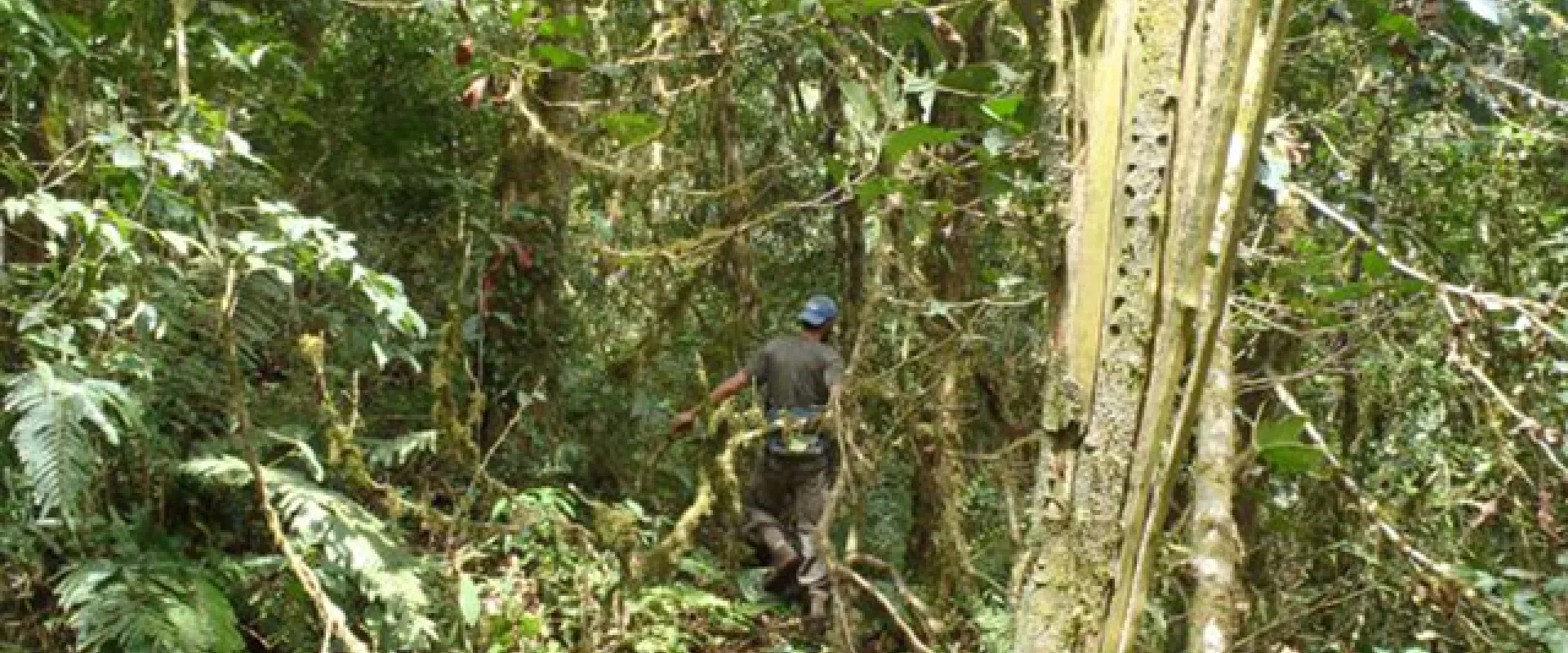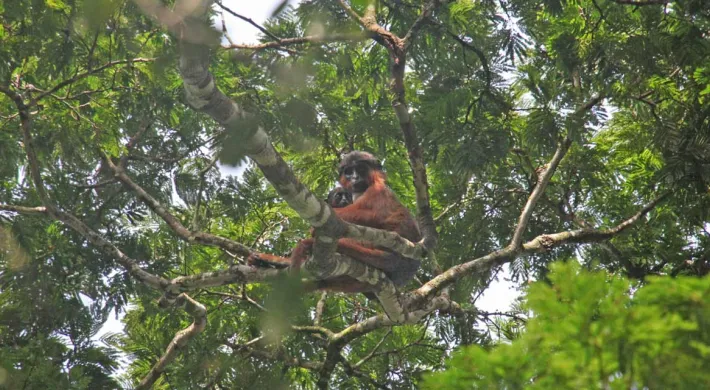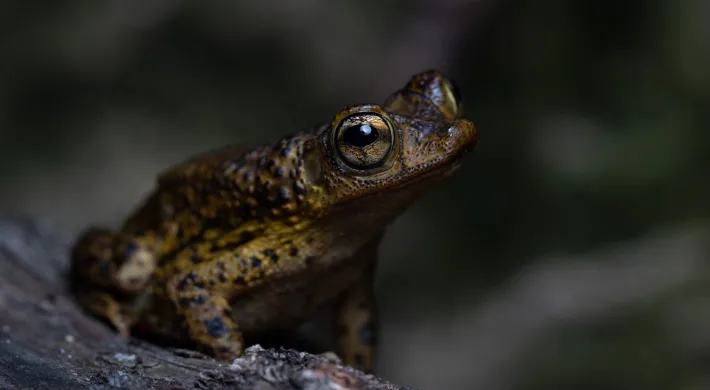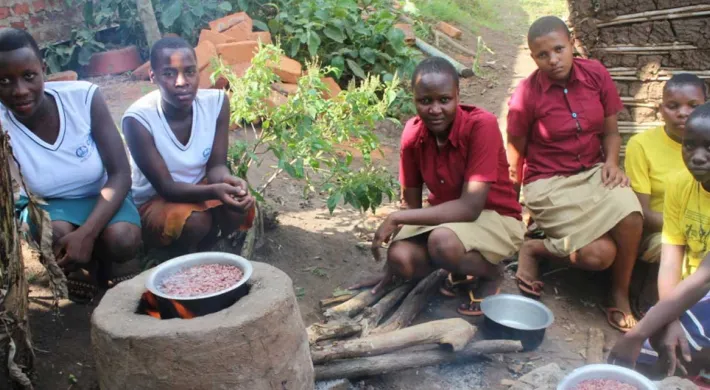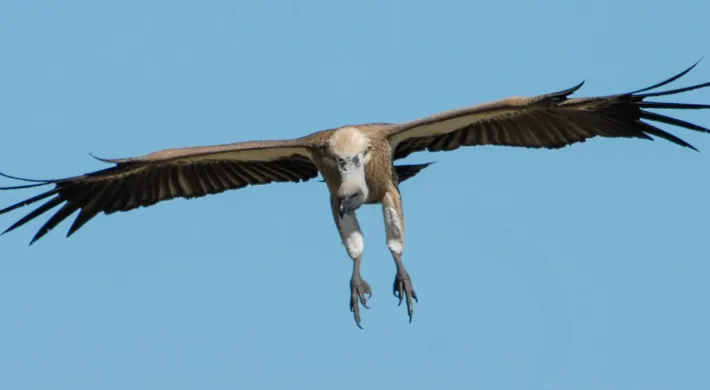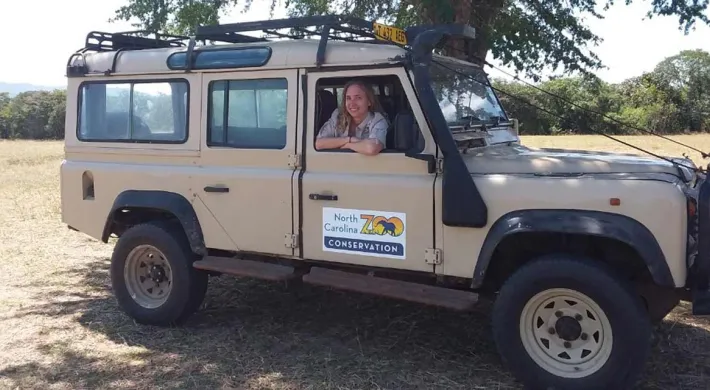Written by Drew T. Cronin, Associate Curator of International Conservation, North Carolina Zoo
Have you ever heard of red colobus monkeys (Piliocolobus spp.)? Red colobus monkeys are a group of 17 separate species of monkeys that occupy forested habitats across Africa from Senegal in the west to the islands of Zanzibar in the east (Figure 1).
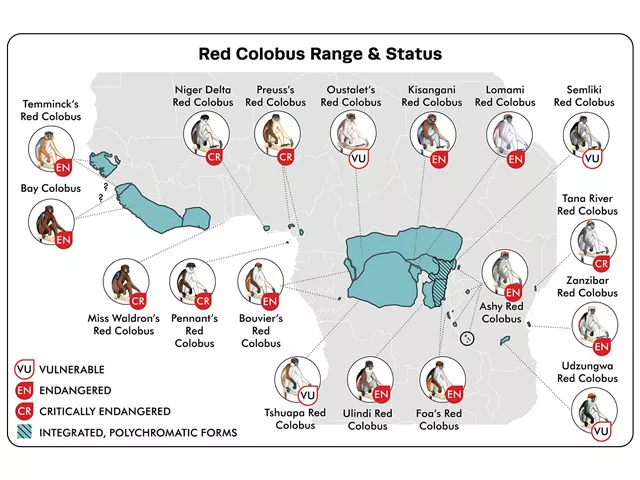
Figure 1: The ranges and conservation statuses of all 18 red colobus taxa across Africa.
It’s okay if you’ve never heard of them – most people haven’t – and I know I hadn’t before the first time I went to Equatorial Guinea as an undergraduate student back in 2005. After three full days of hiking deep into the dense, volcanic rainforest of Bioko Island, I first encountered these rusty-red monkeys loudly crashing through the trees and screeching at us. When I later returned to study primates in Bioko, specifically how bushmeat hunting (hunting focused on killing animals for human consumption) impacted their populations, I conducted hundreds of kilometers of surveys to quantify the island’s primate populations. I wanted a better understanding of their distributions and conservation status. During these surveys, I became an expert in looking and listening for monkeys in dense forests. I realized two key things about red colobus: 1) where they were present, they were relatively easy to find, due to their smells and generally loud behaviors, and 2) they only seemed to be in one place, the most remote southwestern corner of the island, far away from villages and people.
Figure 2: Pennant’s red colobus (Piliocolobus pennantii) on Bioko Island, Equatorial Guinea.
These realizations drove me to investigate further the red colobus species on Bioko, Pennant’s red colobus (Piliocolobus pennantii; Figure 2) since the prevailing wisdom at that time was they were still found throughout Bioko’s forests. I conducted surveys with small teams in the other areas where they were believed to be found (Figure 3). Unfortunately, despite our best efforts, we found no signs of red colobus (for more details on this research, PDF link). We started calling for the ‘uplisting’ of Pennant’s red colobus from Endangered to Critically Endangered on the International Union for Conservation of Nature’s (IUCN) Red List of Threatened Species. Our data showed they were at very high risk of extinction in the wild since they only occupied a small part of the available habitat. Soon after, other primate experts from around the world and I came together to update the IUCN Red List assessments for all African monkeys. We quickly realized that all of the red colobus species were in big trouble and that without urgent conservation measures across its range, Africa will lose many of its red colobus monkeys in the coming decades.
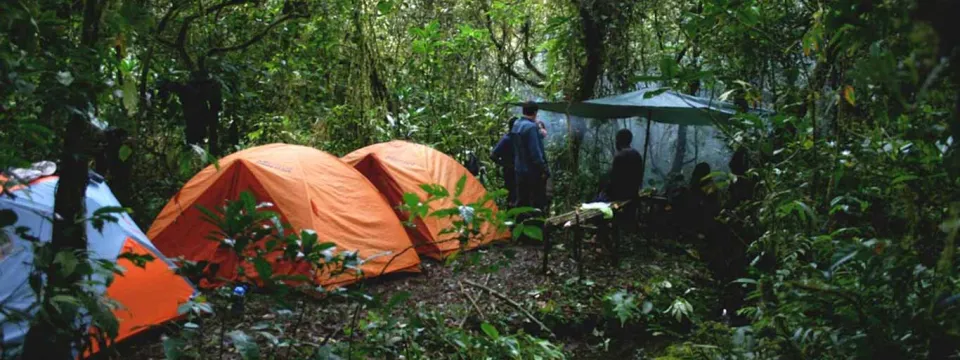
Figure 3: A remote field camp in the Iladyi River valley on Bioko Island, Equatorial Guinea, during our rapid assessment for red colobus presence in the valley in 2012.
Red colobus monkeys are now considered the most threatened group of African monkeys, with 13 of the 17 red colobus species (>75%) listed as Critically Endangered or Endangered, and all of them threatened with extinction (Figure 1). The primary threats facing red colobus are poaching, particularly for the commercial bushmeat trade and habitat loss. Despite their conservation status, only a few red colobus populations have been studied in detail, and the public is largely unaware of these monkeys and their plight.
Many partners in the African Primatological Society and IUCN Primate Specialist Group are spearheading the first comprehensive Red Colobus Conservation Action Plan to stem the tide of red colobus extinction. This unites local and international conservation groups, governments, academic institutions, and zoos to prevent a continent-wide extinction of all 17 red colobus species. These groups have also launched a global effort – the Red Colobus Conservation Network (www.redcolobusnetwork.org). The North Carolina Zoo helps lead, catalyze red colobus conservation, and drive increased funding and actions for red colobus protection.
The Zoo also supports efforts to protect red colobus and its habitats on the ground in Africa. Our long-running work in Cross River National Park supports ranger patrols giving protection to the Critically Endangered Preuss’s red colobus in Nigeria. In Uganda, anti-poaching efforts with the Ngogo Chimpanzee Project have strengthened protections for all wildlife in Kibale National Park, including the Endangered Ashy red colobus. Finally, in Equatorial Guinea, we provide technical support for anti-poaching patrols using SMART to protect the Critically Endangered Pennant’s red colobus.
Watch this space for more exciting news about red colobus monkeys and the Red Colobus Conservation Action Plan, which we aim to publish in the next few months. It’s already been a success, helping to raise nearly half a million dollars for red colobus even before its publication! We’re excited to share our plans with the public, and we hope you’ll follow us as we find ways to protect these amazing monkeys!
